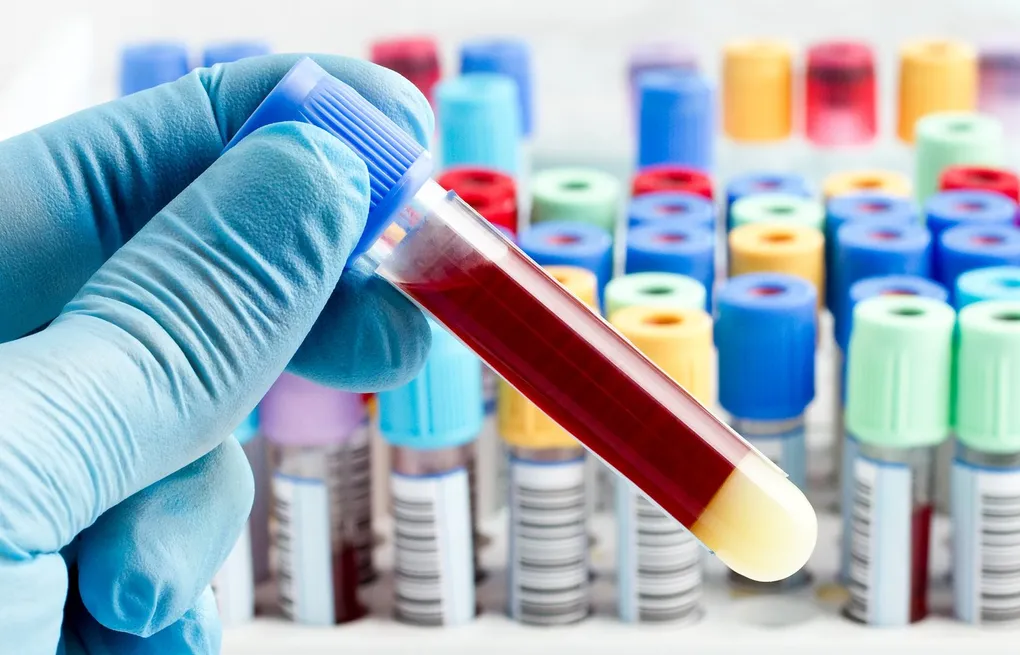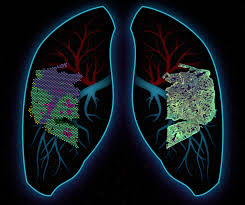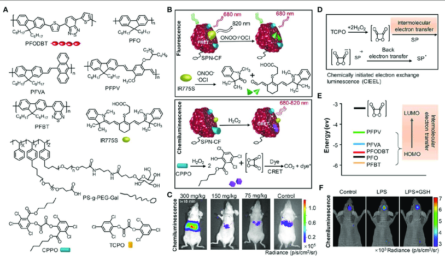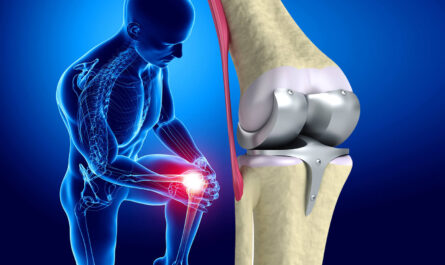Blood plasma is the liquid component of blood that remains after red blood cells, white blood cells, platelets and other cellular components have been removed. It makes up around 55% of our total blood volume. Plasma contains water, salts, enzymes and proteins that help transport nutrients and hormones and fight infections throughout the body. However, one of its most important roles is that it can be used to produce life-saving blood plasma derivatives.
What are Blood Plasma Derivatives?
Proteins in plasma can be isolated and further processed to make plasma derivatives – medicinal products that are used to treat various medical conditions. Through the process of fractionation, the proteins in plasma are separated based on properties like molecular weight and electric charge. This allows manufacturers to isolate higher concentrations of specific proteins that can then be used to develop individual plasma derivatives. Some of the major plasma derivatives include:
Immunoglobulins
Immunoglobulins or antibodies are proteins produced by plasma cells that help identify and neutralize pathogens like bacteria and viruses in our bodies. The most common immunoglobulins isolated from plasma and used medicinally are:
– Intravenous immunoglobulin (IVIG): It contains antibodies from thousands of donors. IVIG is used to treat primary immunodeficiencies, autoimmune disorders like Kawasaki disease and certain neurological disorders.
– Specific immunoglobulins: These target specific types of infections like hepatitis A, varicella zoster and rabies. They provide short-term immunity and are administered after potential exposure to a pathogen.
Clotting Factor Concentrates
Clotting factors are proteins essential for normal blood clotting. Clotting factor concentrates produced from plasma are used as replacement therapy for patients with clotting factor deficiencies that can cause excessive bleeding:
– Factor VIII is used for hemophilia A
– Factor IX for hemophilia B
– Von Willebrand factor for von Willebrand disease
Albumin
Albumin is the most abundant protein in plasma and helps maintain adequate fluid levels between blood vessels and tissues. It is used to treat various clinical conditions like liver diseases, burns and kidney disorders where fluid loss is high.
How Are Plasma Derivatives Manufactured?
The production of plasma derivatives is an intricate multi-step process:
– Plasma is collected through plasmapheresis from thousands of qualified and regularly screened donors.
– It then undergoes virus inactivation/removal processes using solvents or heat to prevent transmission of infectious agents.
– Fractionation separates the plasma using techniques like alcohol fractionation, ion-exchange chromatography or affinity chromatography based on each protein’s properties.
– The purified protein fractions undergo characterization, sterile filtration and are then lyophilized into a powder form.
– Rigorous quality testing ensures the absence of pathogens and right purity, potency and composition of each derivative before release.
– The derivatives are filled into vials or bags depending on route of administration and distributed to hospitals and patients worldwide.
Importance of Plasma Derivatives
Plasma derivatives perform lifesaving functions our bodies cannot and make up a crucial part of modern healthcare:
– They provide targeted treatment options for rare bleeding, immunodeficiency and other genetic disorders. Without them, mortality rates would be significantly higher.
– In emergencies, availability of clotting factors and immunoglobulins near instantly helps control bleeding and prevent infections.
– Albumin finds application in intensive care units, burns/trauma centers and operating rooms to support patients with shock or fluid/protein losses.
– IVIG is a mainstream treatment modality for numerous autoimmune and neurological conditions where its broad range of antibodies prove therapeutic.
– Globally, plasma derivatives account for over 80% of total plasma utilization and are indispensable in managing millions of patients annually.
To conclude, plasma derivatives harnessed through modern biotechnology not only replace life-sustaining proteins our bodies lack, but also improve access to targeted therapies. They exemplify how medical advances continue enhancing quality and length of human lives worldwide. Countries are ramping up plasma collection to bolster self-sufficiency of these indispensable products.
*Note:
1. Source: Coherent Market Insights, Public sources, Desk research
2. We have leveraged AI tools to mine information and compile it




